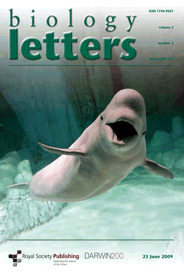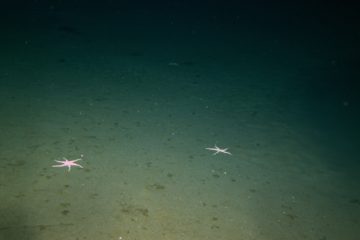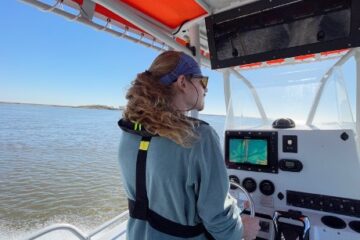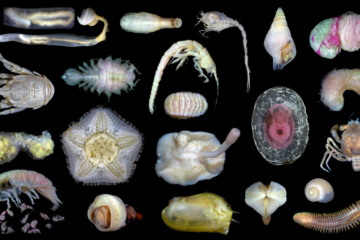 My new paper is now online early at the Biology Letters.
My new paper is now online early at the Biology Letters.
Abstract: Consensus is growing among ecologists that energy and the factors influencing its utilization can play overarching roles in regulating large-scale patterns of biodiversity. The deep sea—the world’s largest ecosystem—has simplified energetic inputs and thus provides an excellent opportunity to study how these processes structure spatial diversity patterns. Two factors influencing energy availability and use are chemical (productive) and thermal energy, here represented as seafloor particulate organic carbon (POC) flux and temperature. We related regional patterns of benthic molluscan diversity in the North Atlantic to these factors, to conduct an explicit test of species–energy relationships in the modern day fauna of the deep ocean. Spatial regression analyses in a model-averaging framework indicated that POC flux had a substantially higher relative importance than temperature for both gastropods and protobranch bivalves, although high correlations between variables prevented definitive interpretation. This contrasts with recent research on temporal variation in fossil diversity from deep-sea cores, where temperature is generally a more significant predictor. These differences may reflect the scales of time and space at which productivity and temperature operate, or differences in body size; but both lines of evidence implicate processes influencing energy utilization as major determinants of deep-sea species diversity.


